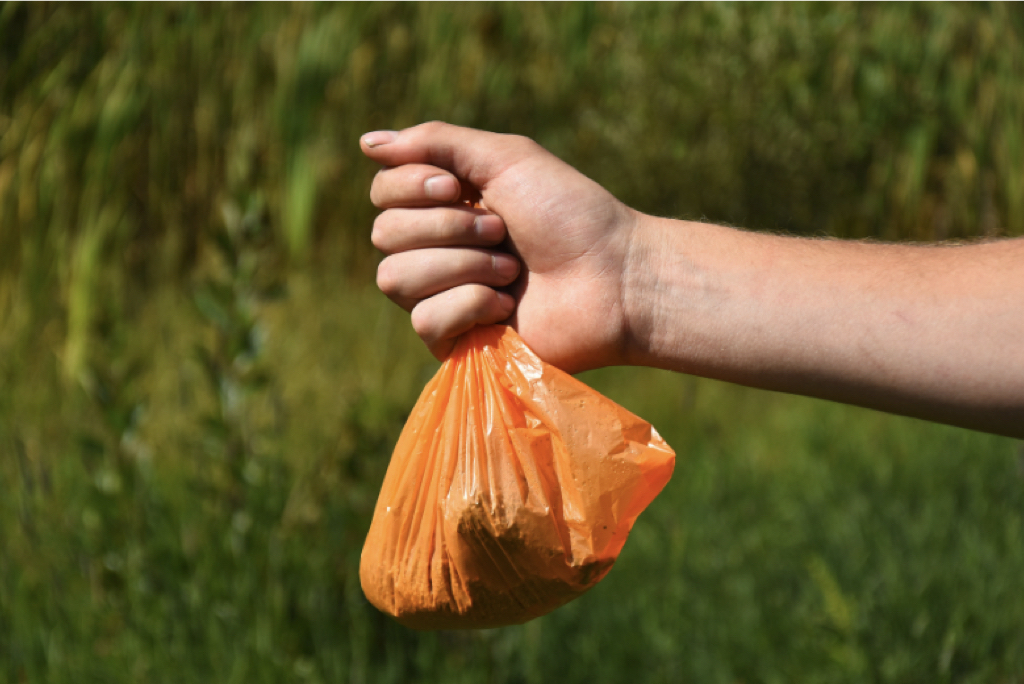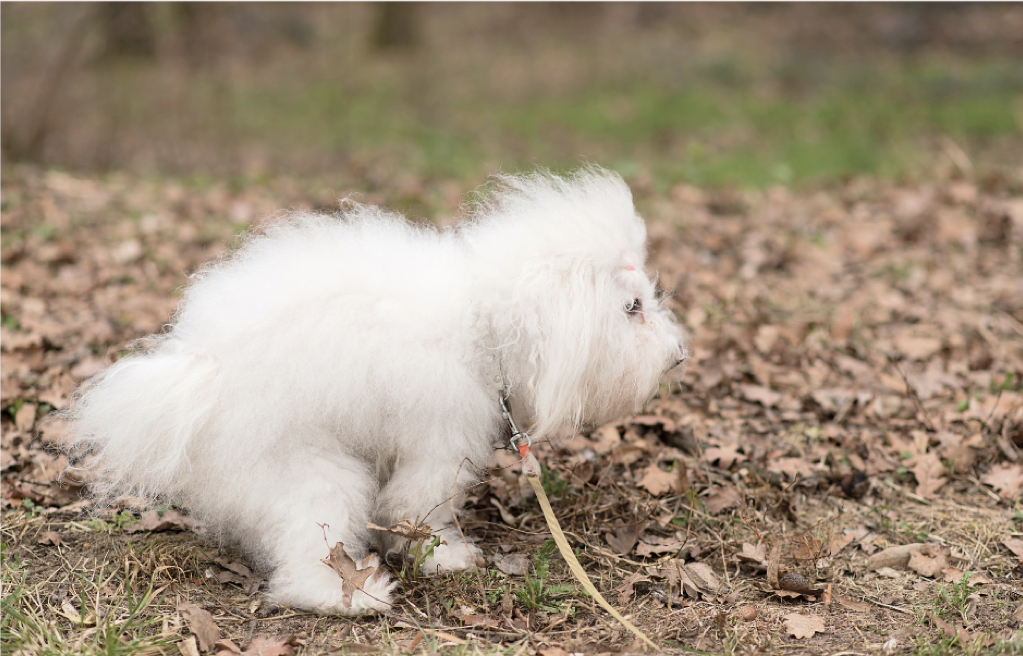Suddenly seeing blood in your dog’s poop can be an alarming and frustrating experience. You may be asking yourself why and what you can do to solve the problem. The truth is, there is a wide range of reasons a dog may pass blood in their stool or urine. It can be as simple as constipation or a urinary tract infection, or it could be more serious. In this post, we’ll share with you what causes bloody stool in dogs, and what you can do about it.
Causes of Bloody Stool in Dogs
Most causes of bloody stool in dogs are minor and treatable, but in some rare cases, they can be a sign of a severe medical condition that requires immediate medical attention. Here are some of the most common causes of bloody stool in dogs:
-
Constipation
This is a common condition that causes your dog to have hard stools that are difficult to pass. This can sometimes be associated with straining while attempting to defecate, which can ultimately result in a bloody stool.
-
Eating a foreign object
Dogs will often eat things they shouldn’t when left unattended. This can include foreign objects such as bones, sticks, toys, or even small rocks. These objects can cause damage to the digestive tract which can result in the bloody stool.
-
Diarrhoea
Some dogs are prone to bouts of diarrhoea that can cause them to strain while defecating. This can lead to a build-up of fluids in the intestines which can cause bleeding.
-
Infection
When a dog has an infection in their intestinal tract, it can lead to the formation of ulcers and inflammation which can lead to bleeding from the bowels. Infections can occur as a result of eating contaminated food or contaminated water, or they can be caused by a parasite or bacteria.
-
Bowel obstruction
A blockage in the intestine can prevent the passage of stool and cause large amounts of blood to appear in the feces. This can be caused by an object getting stuck in the bowels or by swollen tissue caused by inflammation or infection.
-
Canine internal parasites
Parasites like hookworms, whipworms, roundworms, tapeworms, and fleas are common parasites that affect many dogs. Infestations of these parasites can lead to a runny stool that is often accompanied by blood. In some cases, these parasites can infect the stomach and cause vomiting and blood in the vomit.
-
Liver problems
Many dogs suffer from liver problems and can develop symptoms such as bloody stools, loss of appetite, fatigue, abdominal pain, and yellow discoloration of the skin. These symptoms indicate that there is a problem with the liver and often indicate serious liver damage.
-
Intestinal cancer
Intestinal cancer is a rare but serious condition that can affect many dogs. The disease is characterized by the presence of polyps or large masses within the small intestines or colon that can block the passage of food and cause blood to appear in the stool.
What to do when there’s blood in my dog’s poop?

If you notice blood in your dog’s poop, it is important to take action. There are a few things that you can do to determine the cause of the blood and address it accordingly. If the consistency of the stool is normal and the color looks normal as well, then your dog’s condition is not an emergency. Take a mental note and continue observing your pooch. If bloody stool persists after a few days or if you notice any other symptoms such as vomiting and diarrhea, then you should take your dog to a veterinarian for proper treatment.
On the other hand, if your dog has persistent bloody stool but acts normal and does not have any other symptoms, then you can try some home remedies to determine the cause and treat the problem naturally.
The first thing to try is to change the diet of your dog and see if that helps get rid of the bloody stool. You can switch to higher-quality dog food to see if it makes a difference. If the food still produces bloody stool, then you need to look for possible causes from your dog’s environment such as toxic chemicals or parasites. You can also try adding some probiotics to your dog’s diet to see if that helps improve digestive health and reduce the symptoms. However, if none of these methods help, then you need to visit your veterinarian for further evaluation and treatment.
Moreover, you should also seek immediate veterinary care if you notice any of the following symptoms in your pet:
- Vomiting blood or dark substance (digested blood)
- Loss of consciousness
- Weakness or seizures
- Severe abdominal pain
- Bloody diarrhea that lasts for a few days
- Severe difficulty breathing
- Excessive bleeding from the anus
Preventing Bloody Stools in Dogs
To prevent bloody stool in dogs, you should feed them a high-quality diet and take measures to avoid toxic substances in their environment. You should also take your dog to the vet for regular checkups to ensure that he is in good health. Additionally, you should avoid giving your dog any medication without consulting with your vet first, as certain medications can cause bleeding. If your dog is suffering from a specific medical condition, it is important to consult with your vet to determine the proper course of treatment.















